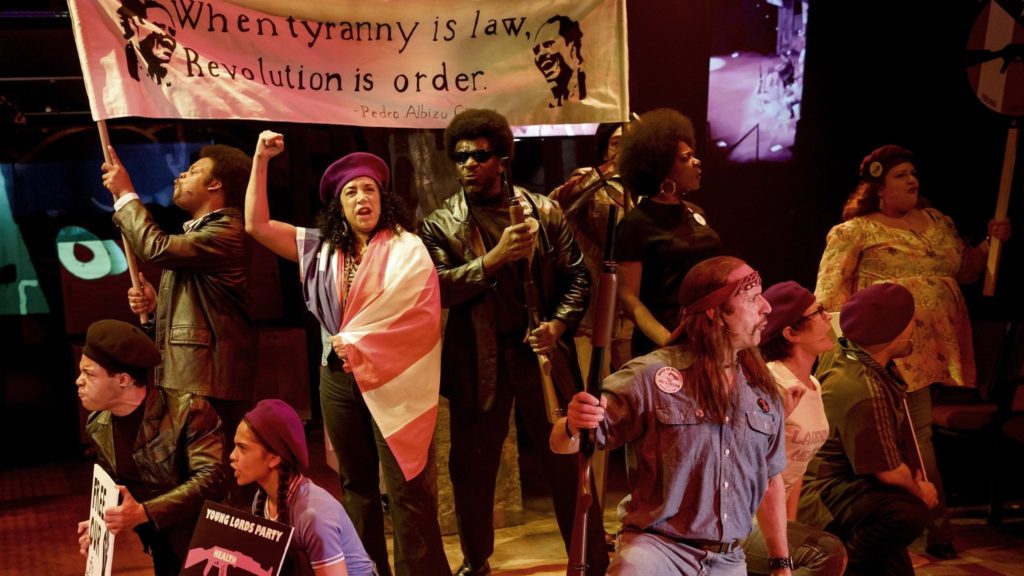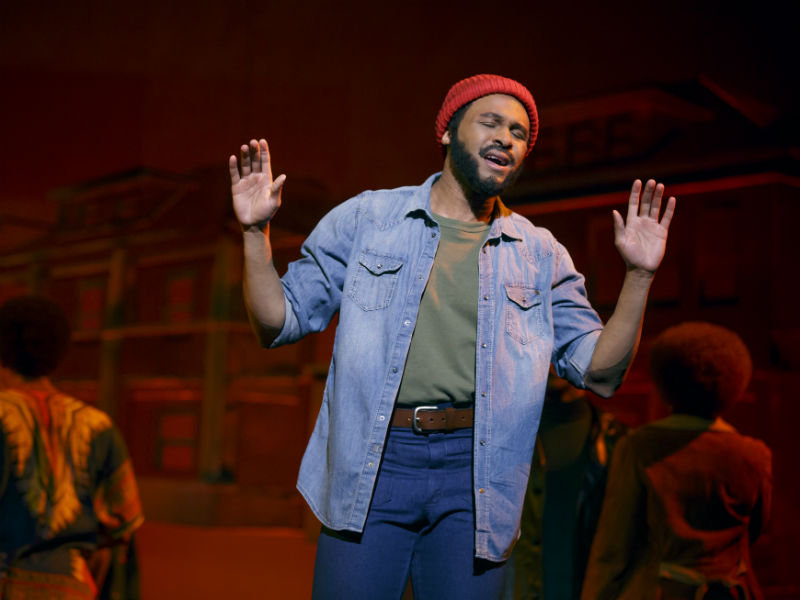“I write the black experience in America, and contained within that experience, because it is a human experience, are all the universalities.”
— August Wilson
Whether it be Jennifer Holliday belting out “And I am Telling You”, from her Tony Award winning performance in Dreamgirls or Viola Davis’s mesmerizing scenes from her Tony Award winning performance in Fences, Black theatre has always been the rawest form of Art imitating Life. These performances of some of the greatest stories ever to be told, have created long lasting connections to song, scene’s, and lines that forever remain engrained in the minds of the black community. Hollywood and Television, give you a second take if you miss a line, an angle is off, or the passion isn’t right, but Broadway gives you one shot at success or failure, often duplicative of the black experience and condition.
Black theatre has been the window that allowed the world to see the intersections of blackness from less than 10 feet away. However, this same space for viewing the arts is often left out of the conversations when we discuss the media’s impact on social justice movements, and how Broadway has served as a conduit towards creating effective changes against the status quo. Historically, Black theatre has been the first to acknowledge society issues through raw storytelling of playwrights like Wilson, Amiri Baraka, Lorraine Hansberry, Ntozake Shange, and many others. Their works were much deeper than the “imitation of life”, as their minds allowed them to tell narratives of blackness, without censorship, giving the world 2-hour glimpses of the totality of the black experience.
From racially divided beginnings, however, Black theatre has, and at times continues to remain in the shadows, fighting for theatre space, roles, and narratives that depict stories often left on the back burner in society. The origins of “Blackface” serve as a reminder of where Broadway began, as white actors depicted black people as unintelligible beings while reinforcing stereotypes of the black community in an effort to create a good time at the hands of whiteness. Resistance began when black actors like Bert Williams, who played many characters in black face, gave a human element to his funny role instead of just being a caricature. His talent shined through and made him the first black man to star alongside white co-stars as equals in the “Follies”. This would only mark the beginning of resistance in Black theatre, as stories began to humanize black people in a country built on segregation.

PARTY PEOPLE
By UNIVERSES: Steven Sapp, Mildred Ruiz-Sapp, William Ruiz aka Ninja
Developed and Directed by Liesl Tommy
Featuring Oberon K.A. Adjepong (Blue); Michael Elich (Marcus, FBI Agent); Gizel Jiménez (Clara); Ramona Keller (Amira); Christopher Livingston (Malik); Jesse J. Perez (Tito); Sophia Ramos (Maruca); Robynn Rodriguez (Donna, Fina); Horace V. Rogers (Solias); William Ruiz a.k.a. Ninja (Jimmy “Primo”); Mildred Ruiz-Sapp (Helita); and Steven Sapp (Omar).
In 1921, Shuffle Along became the first black show to forgo “blackface” and show African Americans in a sophisticated style of dress, introducing a new template for how black performers and shows would be depicted moving forward. In another step against the status quo, the show which had 504 performances became the first on Broadway to allow Blacks to sit in the orchestra section. 1935 would bring the world Porgy and Bess, which is claimed by many to be the most famous black opera to ever play on Broadway. This show depicted a side of blackness that many considered stereotypical but true, putting people face to face with parts of the black community we didn’t want others to see . The revival of this show in 2012 re-invited the world to the story on “Catfish Row”, winning a Tony Award for Audra McDonald and nomination for Norm Lewis.
This form of resistance is nothing new to Black theatre, which has always had to fight to be recognized not only for their talents but for the lives of folks they often portray on the stage. August 1st of 2016 saw the Black theatre come together for the “Broadway for Black Lives Concert Event” which brought out several stars including six-time Tony Award winner Audra McDonald, and Tony Award winner Billy Porter and nominee Danielle Brooks (The Color Purple) in addition several others. This concert was put on to show a stand in solidarity while supporting the efforts of the Black Lives Matter Movement. According to the Broadway for Black Lives Matter Collective, “An overwhelming number of friends and colleagues in the Broadway community have expressed a deep desire to participate in an open dialogue about the social and racial justice issues that are troubling our nation. The event will bring Broadway performers together with policy reformers, educators, clergymen, public officials, and community leaders to discuss a plan of action. The evening will spark conversation and encourage people to discover their roles as active participants in a movement towards positive change.” Black theatre has seemingly never been afraid to confront issues of the community off stage, but more recently has taken it right to face of the oppressor from the stage.
Following the 2016 election, the cast of Hamilton stood together in protest following the election of Donald Trump, when actor Bradon Victor Dixon, who play Aaron Burr, stated “We, sir — we — are the diverse America who are alarmed and anxious that your new administration will not protect us, our planet, our children, our parents, or defend us and uphold our inalienable rights,” he said. “We truly hope that this show has inspired you to uphold our American values and to work on behalf of all of us.” His remarks caught the eye of the President who in a since-deleted tweet claimed his VP was “harassed” and deserved an apology, to which Dixon responded in a now deleted tweet “@realDonaldTrump conversation is not harassment sir. And I appreciate @mike_pence for stopping to listen.”
Black theatre has forever lived in the shadows of what many refer to as “The Great White Way.” A system, like many others that won’t be changed overnight but with constant work and resistance can be broken and built anew, reflective of the world we actually live in. The last century of Black theatre has seen great strides made towards equity and equality on and off the stage. I expect Act II to be just as great as all those that came prior, with the hopes of a “Curtain Call” for a job well done.



